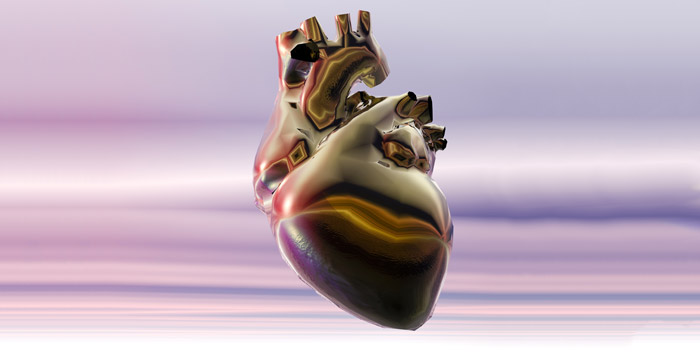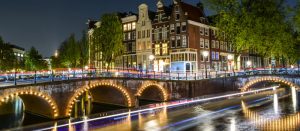
Lifelike Human Organs
Can you imagine a 3D bioprinting technique that works with natural materials to produce lifelike organ tissue models? Bioengineers at the University of California San Diego have developed such a technique that is easy to use, allowing researchers to study human organs or use them in a pharmaceutical trial setup. The goal isn’t to make artificial organs that can be implanted in the body. The work was published recently in Advanced Healthcare Materials.
The researchers want to make it easier for everyday scientists, who are not specialized in other 3D printing techniques, to make 3D models of whatever human tissues they’re studying. The models would be more advanced than standard 2D or 3D cell cultures, and more relevant to humans when it comes to testing new drugs, which is currently done on animal models. It doesn’t need a complicated laboratory.
The method is also simple. For example, to make a living blood vessel network, researchers first digitally design a scaffold using Autodesk. A commercial 3D printer printed the scaffold out of a water soluble material called polyvinyl alcohol. A thick coating of natural materials is poured over the scaffold, letting it cure and solidify. Then the scaffold material inside is flushed out to create hollow blood vessel channels, their insides coated with endothelial cells. To keep the cells alive and growing, the last step is to flow cell culture media through the vessels. The vessels are made of natural materials found in the body such as fibrinogen, a compound found in blood clots, and Matrigel, a commercially available form of actual mammalian extracellular matrix.
Using the right materials is important, yet challenging. They should be natural rather than synthetic, so that it’s close to natural body tissues and that they can be sustained for very long periods of time outside the body. They should be biologically derived materials to make ex vivo tissues that are vascularized.
In one of their experiments, the researchers used the printed blood vessels to keep breast cancer tumor tissues (extracted from mice) alive outside the body. Tumor cells stayed alive after 3 weeks, encapsulated in the blood vessel prints. This system can be used to test anti-cancer drugs outside the body, Breast cancer is one of the most common cancers and huge research is dedicated to its study.
In another experiment, they created a vascularized gut model. It consisted of 2 channels. One was a straight tube lined with intestinal epithelial cells to mimic the gut. The other was a blood vessel channel (lined with endothelial cells) that spiraled around the gut channel. Each channel was then fed with media optimized for its cells. Within two weeks, the channels has started taking on more lifelike. Moving forward, the team is working on extending and refining this technique.
Prototyping Bio-Related Ideas in Seattle
If you’ve got an idea that’s going to advance medical-biological science, contact us.



